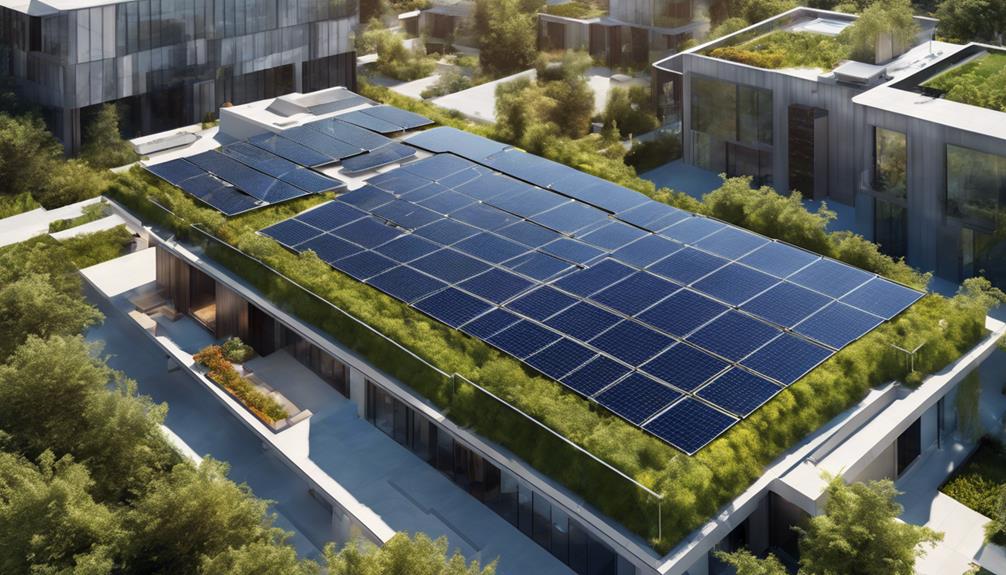
In the world of renewable energy, solar panels have become a popular choice for homeowners and businesses looking to harness the power of the sun. However, to maximize the efficiency of your solar energy system, understanding the importance of solar panel extension cables is crucial. This guide will provide you with comprehensive insights into what solar panel extension cables are, their benefits, how to choose the right one, and installation tips to help you optimize your solar energy setup.
Understanding Solar Panel Extension Cables
Solar panel extension cables are specialized wires used to connect solar panels to charge controllers, batteries, or inverters over a longer distance than the standard cables that come with your solar panels. These cables are designed to minimize energy loss, ensuring that as much power as possible reaches your solar energy system’s components. Typically made from high-quality copper, solar panel extension cables are highly conductive and durable, allowing for efficient power transmission even over long distances. They come in various lengths and gauge sizes to suit different installation needs.
Benefits of Using Solar Panel Extension Cables
There are several advantages to using solar panel extension cables. First and foremost, they provide flexibility in the placement of solar panels. If you have limited roof space or prefer to install panels in a location that receives optimal sunlight, extension cables allow you to connect them to your inverter or battery bank, even if they are situated far away. Additionally, solar panel extension cables are designed to withstand environmental factors such as UV radiation, moisture, and extreme temperatures, which means they will last longer than standard wiring solutions.
Choosing the Right Solar Panel Extension Cable
When selecting a solar panel extension cable, several factors should be considered to ensure you make the right choice. The first is the cable gauge, which affects the amount of current the cable can handle. A lower gauge number indicates a thicker wire, which can carry more current with less resistance. For most residential solar installations, 10 AWG (American Wire Gauge) is a common choice, but it’s essential to calculate the voltage drop over the distance you plan to run the cable. The longer the cable, the thicker it should be to minimize energy loss. Additionally, consider the cable length, as extension cables are available in various lengths to suit your setup.
Installation Tips for Solar Panel Extension Cables
Installing solar panel extension cables may seem daunting, but with the right approach, it can be a straightforward process. Start by determining the optimal locations for your solar panels and the inverter or battery. Measure the distance carefully to ensure you purchase the correct length of cable. When connecting the cables, always ensure that the polarity is correct—positive to positive and negative to negative—to avoid damaging your solar energy system. It’s also advisable to use weatherproof connectors to ensure a secure and durable connection, especially if the cables will be exposed to outdoor elements.
Common Mistakes to Avoid When Using Solar Panel Extension Cables
While using solar panel extension cables can greatly enhance your solar energy system, there are common mistakes that can lead to inefficiencies or safety hazards. One major mistake is using standard electrical wire instead of cables specifically designed for solar energy systems. Standard wires may not have the same insulation or UV protection, leading to premature failure. Another mistake is not accounting for voltage drop. If the cable is too long or the gauge is too thin, you could lose a significant amount of power, which can diminish the overall effectiveness of your system. Always ensure you follow the manufacturer’s recommendations for cable sizing and installation.
Maintaining Your Solar Panel Extension Cables
To ensure the longevity and efficiency of your solar panel extension cables, regular maintenance is essential. Periodically inspect the cables for any signs of wear, such as fraying or discoloration. It’s crucial to check the connectors for corrosion, as this can lead to poor connections and energy loss. If you notice any damage, replace the cables immediately to prevent further issues. Additionally, keep the cables clean and free from debris to maintain optimal performance. Proper maintenance can help you maximize the lifespan of your solar panel extension cables and, consequently, your solar energy system.
Cost Considerations for Solar Panel Extension Cables
When planning your solar energy system, it’s important to factor in the cost of solar panel extension cables. The price can vary based on the gauge, length, and quality of the cable. While it may be tempting to opt for the cheapest option, investing in high-quality cables can save you money in the long run by reducing energy loss and minimizing the need for replacements. Additionally, consider the overall budget for your solar installation, including panels, inverters, and batteries, to ensure that you allocate sufficient resources for quality extension cables.
Conclusion: Optimize Your Solar Energy System with Quality Cables
In conclusion, solar panel extension cables are a vital component of any solar energy system that aims to maximize efficiency and performance. By understanding their importance, choosing the right cables, and following proper installation and maintenance practices, you can ensure that your solar panels function at their best. Take the time to invest in quality solar panel extension cables, and you’ll reap the rewards of a reliable and effective renewable energy system for years to come. Remember, the right cables can make all the difference in harnessing the full potential of solar energy for your home or business.
By following this guide, you’ll not only enhance your knowledge about solar panel extension cables but also make informed decisions that will benefit your solar energy setup in the long run. Happy solar powering!





